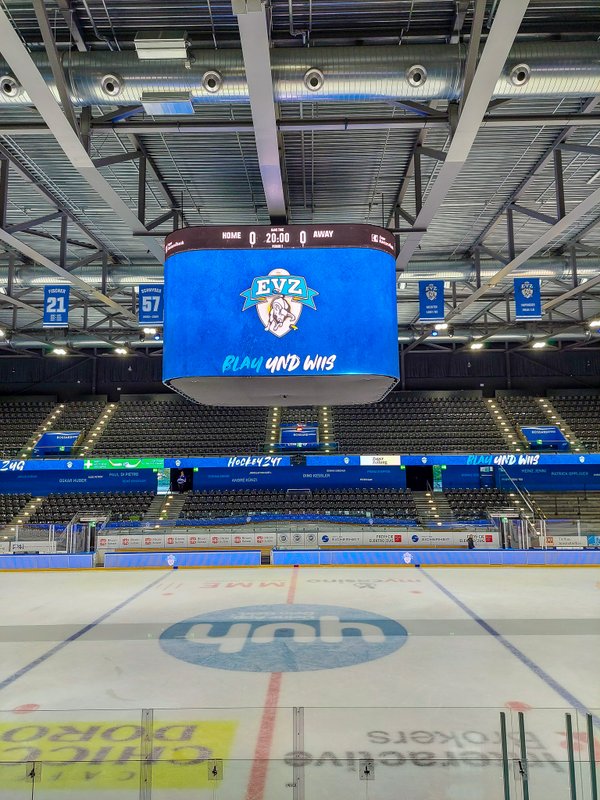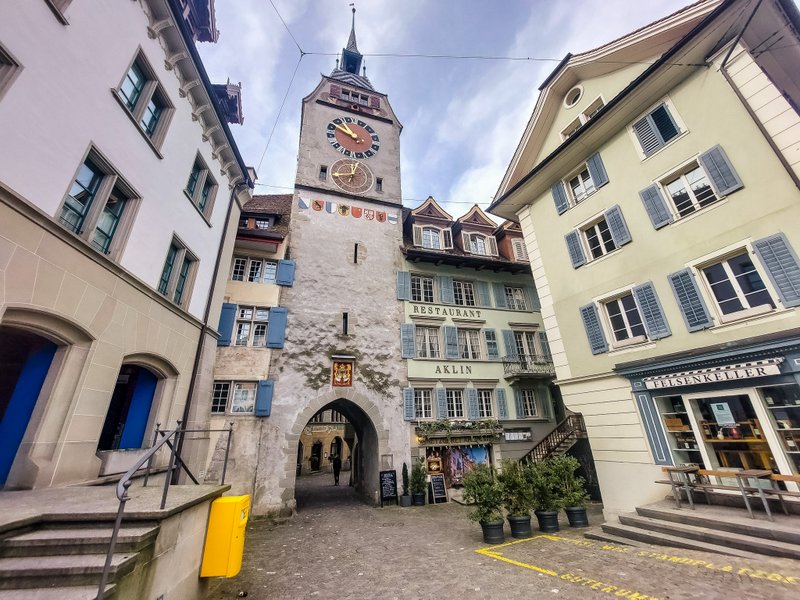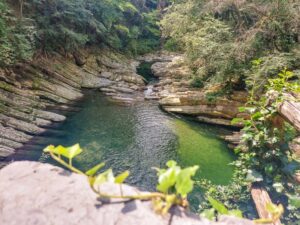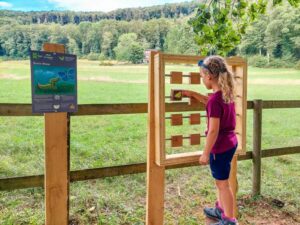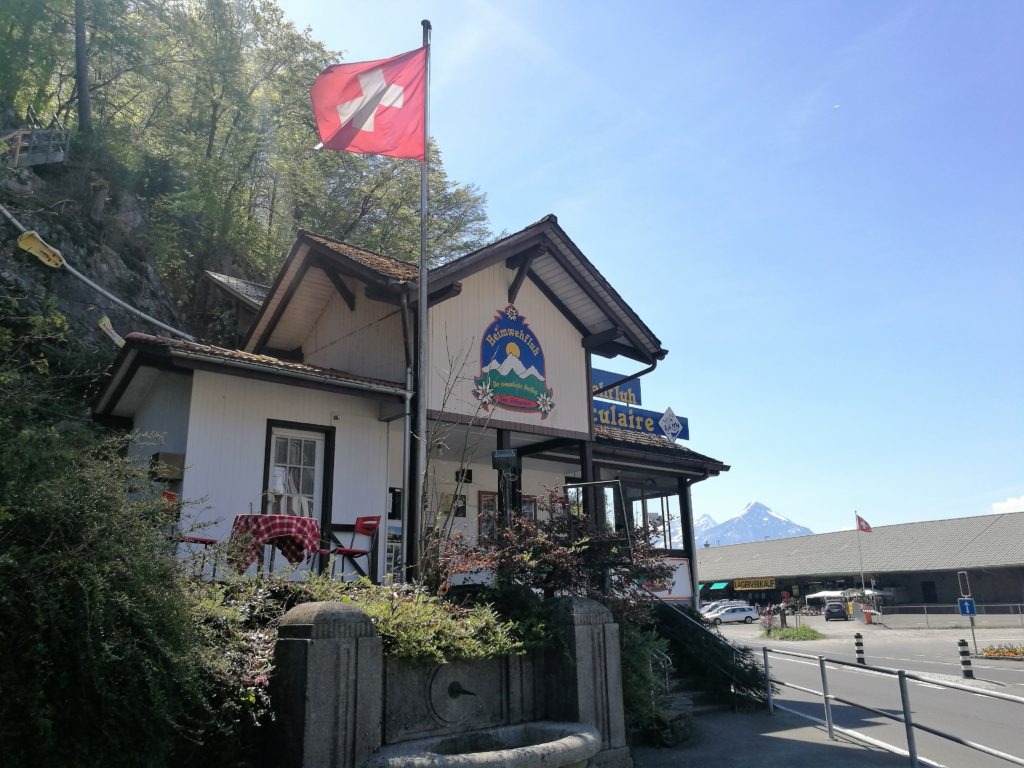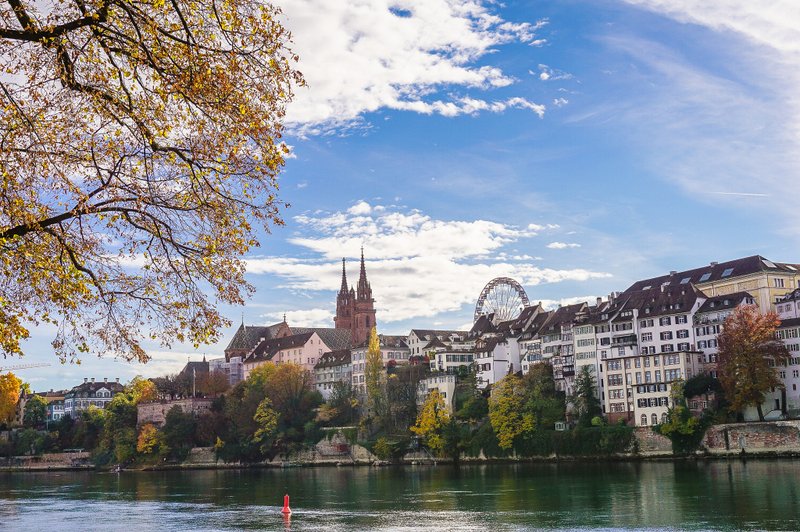During my nine years in Switzerland, I have not visited the city of Zug on the shores of the lake of the same name even once. And then, suddenly, within a few months, I visited it three times! You probably know that these visits were mainly for our offspring’s hockey games 😉 On the first visit, the weather was so beautiful that I went up the local Zugerberg hill and walked the Zugiblubbi Erlebnisweg, which also became one of the hiking tips in my book “Die 44 schönsten Familien Wanderungen.” But even on subsequent visits, when the weather wasn’t so great, there was plenty to discover in Zug. I think there is something for everyone here. It’s a shame that so little is known about this city in the shadow of the much better-known nearby Lucerne. Zug has something for everyone.
Where is Zug and how to get here
Zug is located on the northeastern shore of Lake Zugersee in central Switzerland, 23 kilometers south of Zurich (at an airline). By train, you can be in Zug from Zurich in 21-47 minutes (depending on the type of service), from Lucerne in 18-30 minutes, and from Bern in about an hour and a half.
1. Zug for history lovers
You might wonder why Zug is called Zug, which means train in German. But the name Zug was given to the town long before the railway was built. The name Zug comes from the Old High German common word zug meaning “to pull, to haul, (fish) catch, hauling in fishing nets”. The generic word for a place where fishing was allowed was gradually transferred to the fishing village located there, thus secondarily to the local name.* Archaeological findings in the vicinity of Zug indicate the existence of a Roman settlement. Still, the town was founded in the early 13th century under the Counts of Kyburg. Zug soon became an important regional center. Between 1230 and 1830, it was a transshipment point for valuable goods such as salt, wine, cloth, grain, cheese, and oil transported between Lake Zurich and central Switzerland. The goods were transhipped onto boats at various locations on the lake in the old town and the suburbs. The medieval trade and transport policy is evidenced by the numerous surviving buildings in the center of the old town, most of which are far from serving their original purpose.** The Altastadthalle – Old Town Hall, for example, is a fabulous wooden house built between 1427 and 1435. It was initially used as a shop and is connected to the fishing museum. Between 1977 and 1990, it functioned as an art house, and since 1993, the city has used it as an art gallery for exhibitions and similar events.
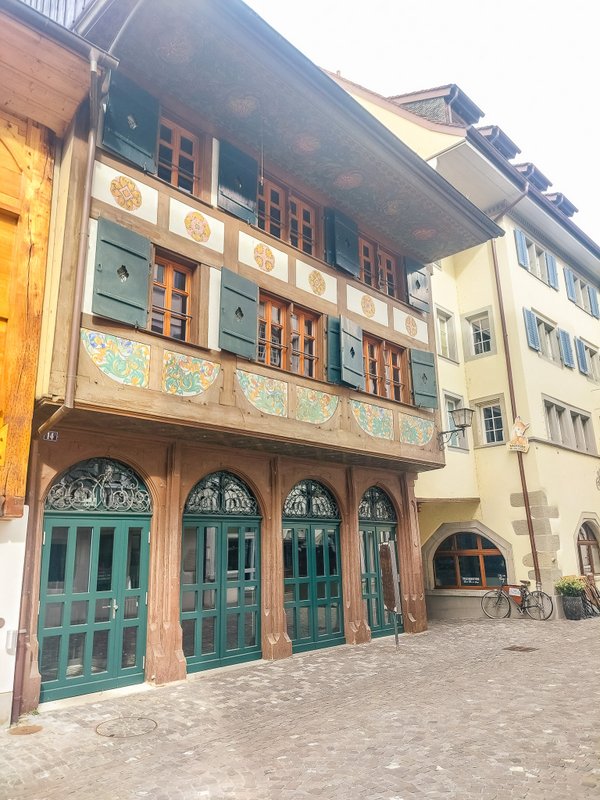
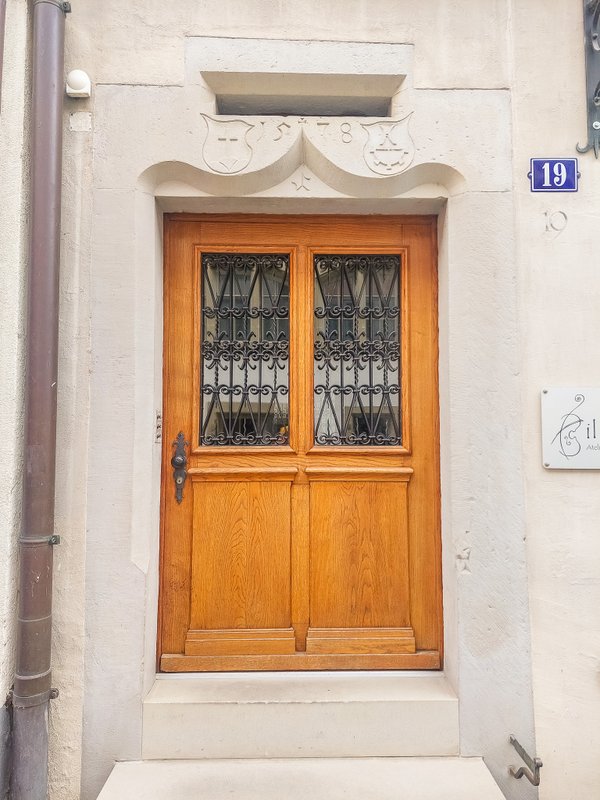
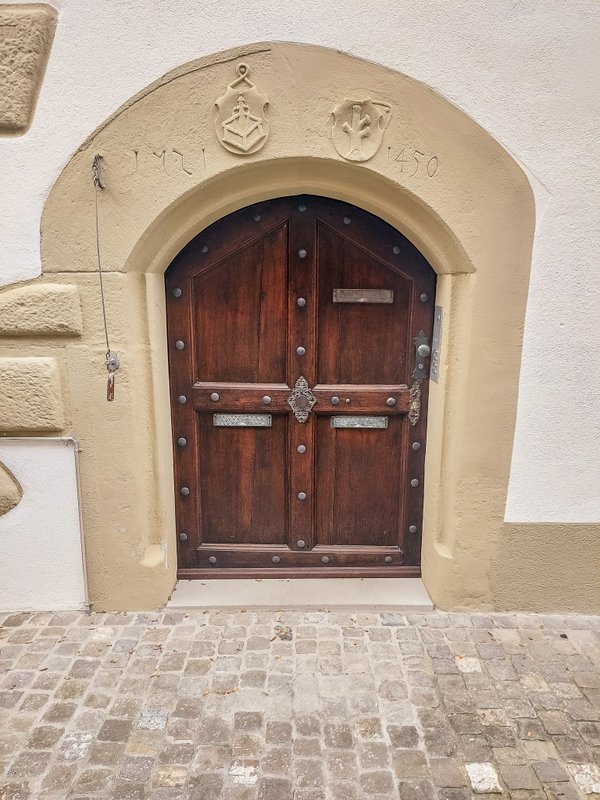
As a testament to Zug’s fishing history, the Old Town’s main square is called the Fischmarkt, where you will also find the Fischerei-Museum. In addition to the Museum of Prehistory (Museum für Urgeschichte(n)), the Art House, the Afrika-Museum, and especially the Museum Burg Zug, which presents the history of Zug from the High Middle Ages to the present day.
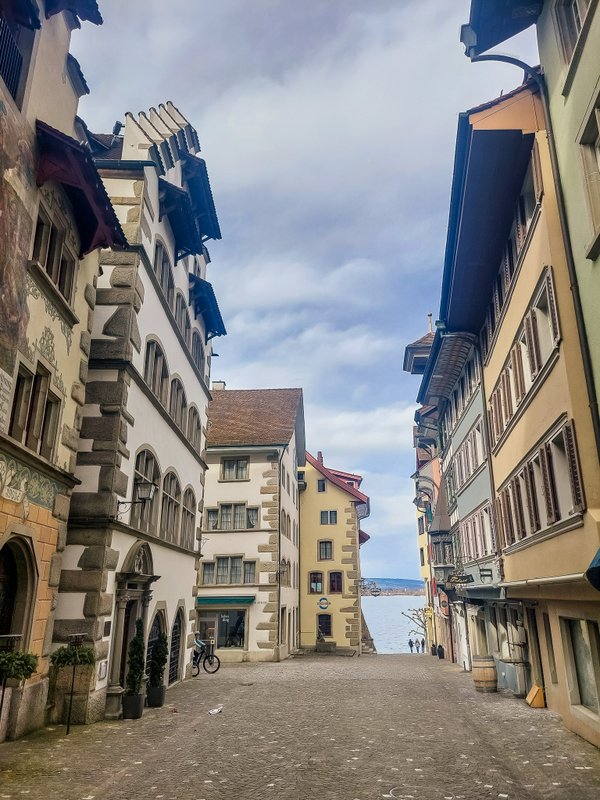
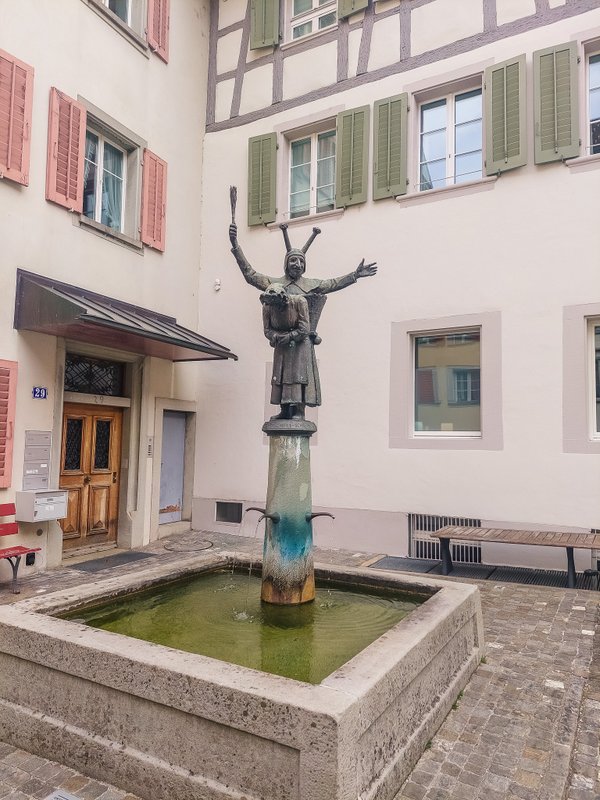
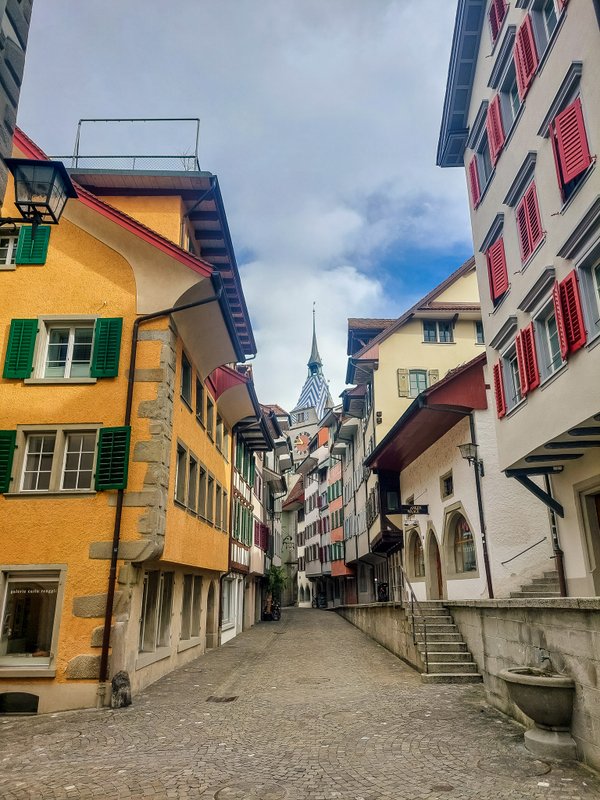
2. Zug for food lovers
Switzerland has four restaurants with three Michelin stars. But the Swiss put more stock in the ratings in the GaultMillau guide than the Michelin stars. And this is where Restaurant Zur Taube (15 points in the guide) and Gasthaus Rahthauskeller (17 points), for example, appear. In addition to the haute cuisine restaurants, you can also indulge in less flashy meals in other picturesque restaurants and their gardens overlooking the lake.
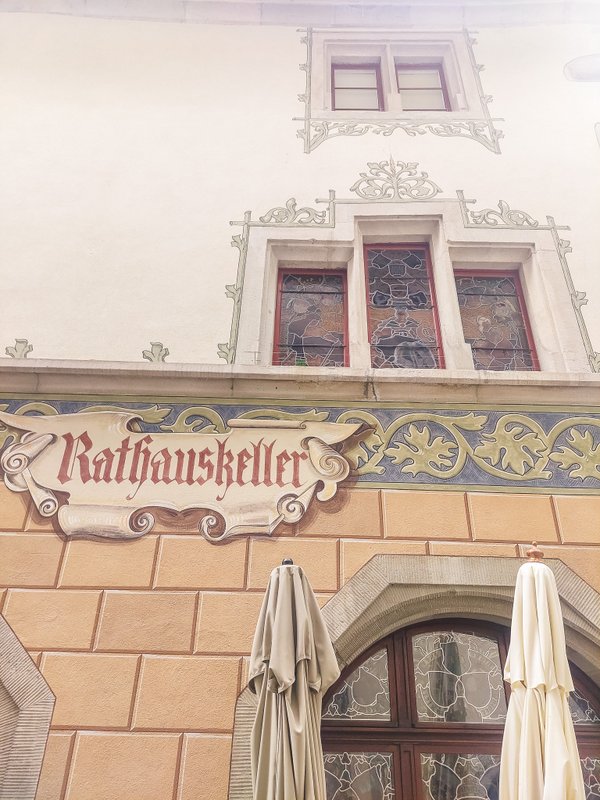
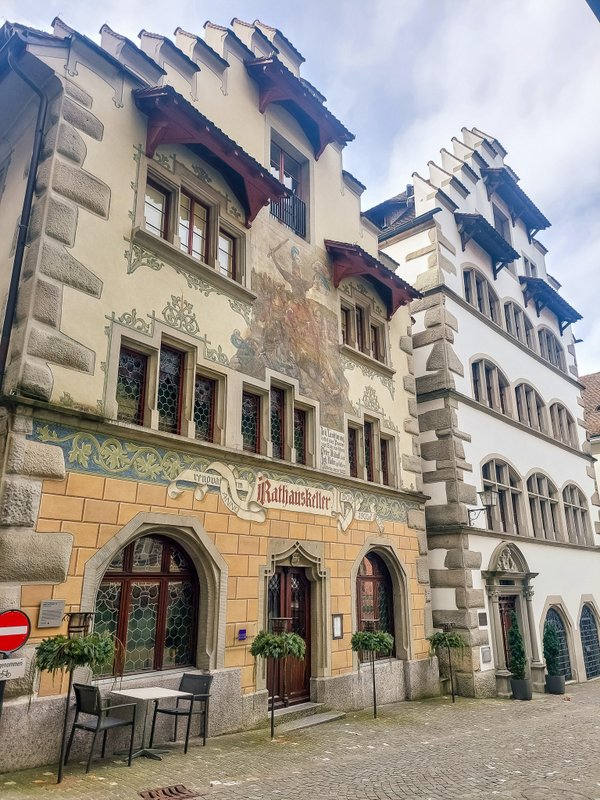
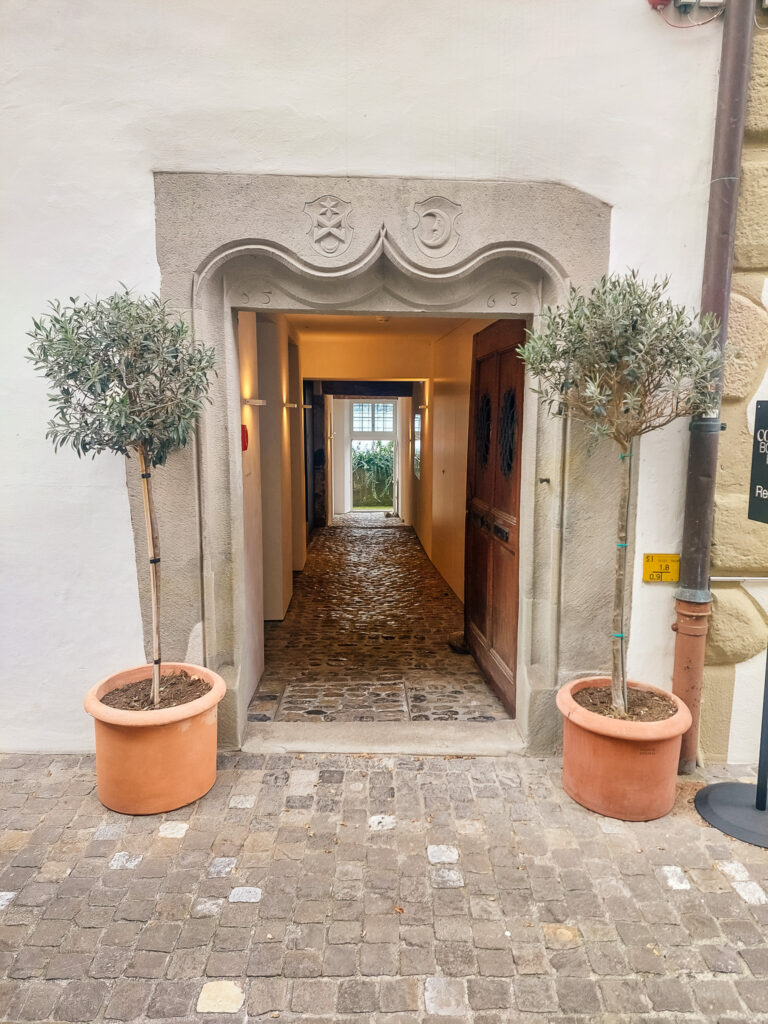
3. Zug for animal lovers
If you’re coming to Zug with children who are not keen on urban tourism, try luring them to see the animals. On the Alpenquai promenade, you’ll find a pen of Sika deer that you can buy food for with a few coins, and if you reach over the fence, they’ll literally “eat out of your hand”. Closer to the town center, you’ll find a pheasantry (dating from 1897!) and an aviary for a change. Both are home to approximately 50 species of native and exotic birds. If you want to experience animals in the wild, drive up the local Zugerberg Hill, where cows graze.
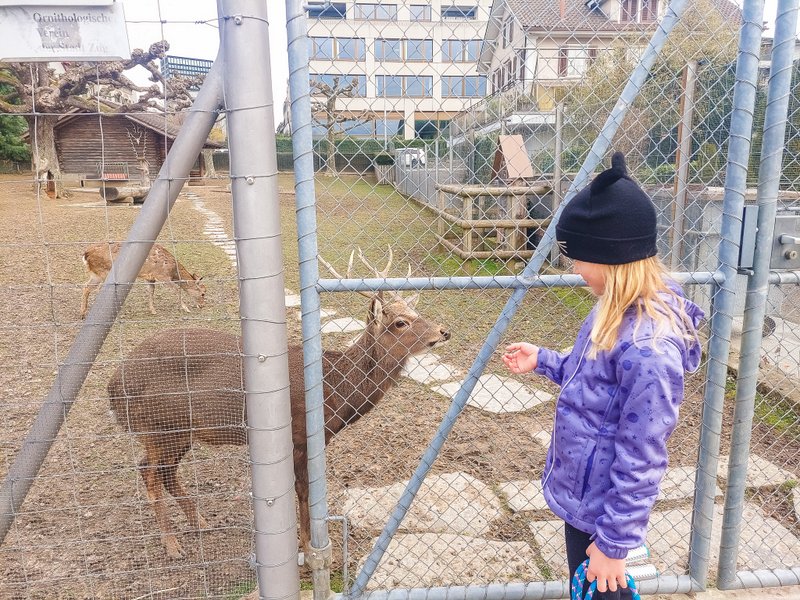
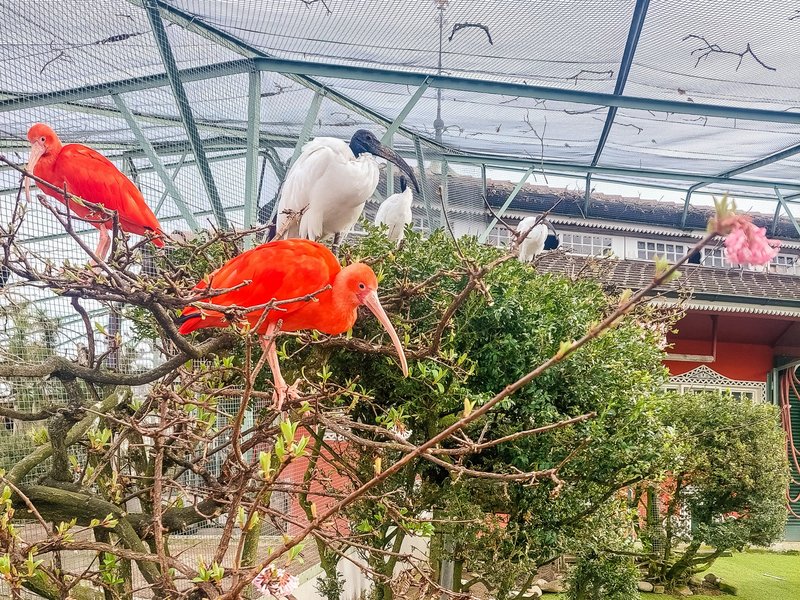
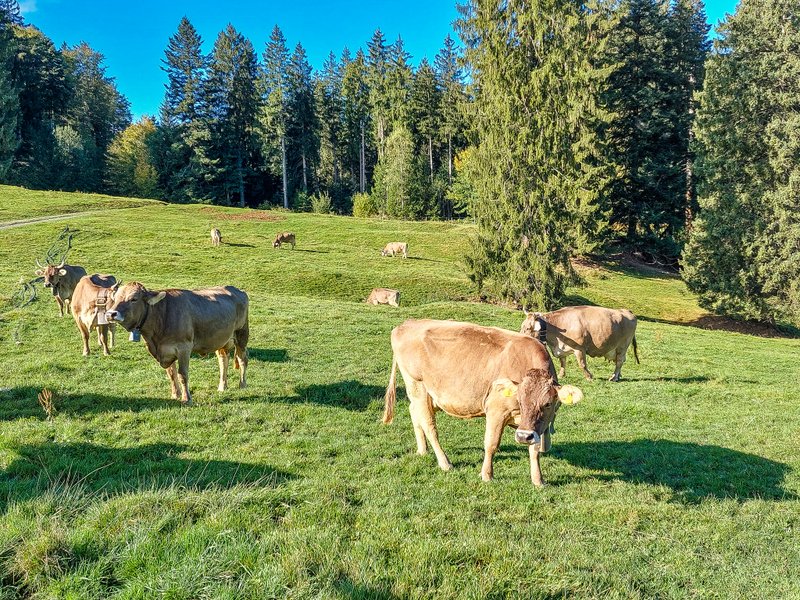
4. Zug for relaxation lovers
I love Swiss lakeside towns. They are the perfect places to relax. Try sitting on a promenade bench and doing nothing at all. Just watch the bustle around and the beautiful mountains in the background. You can also relax on board the cruise ships that leave from the local harbor in high season and take you on a pleasant cruise on the lake.
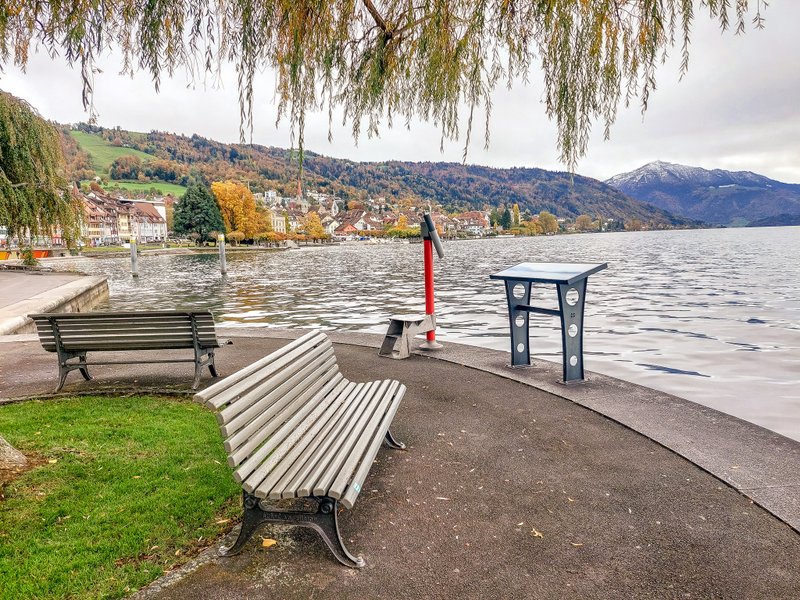
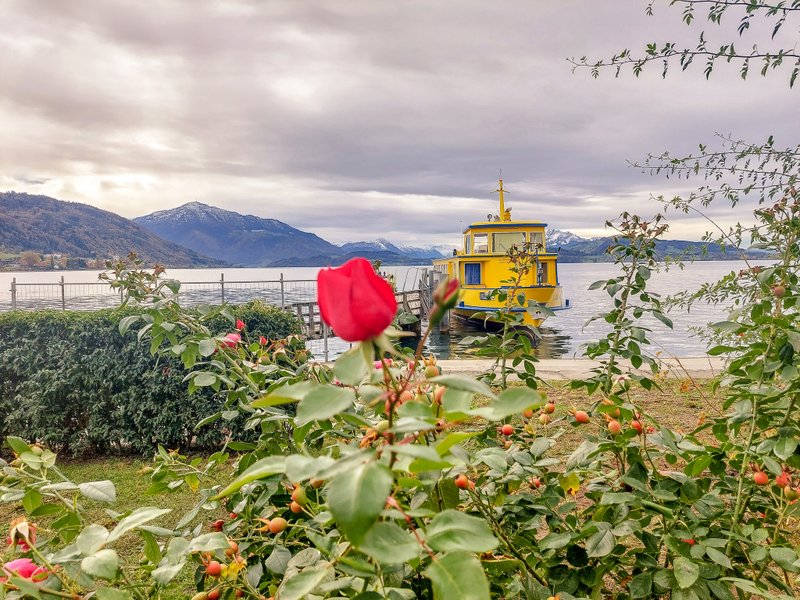
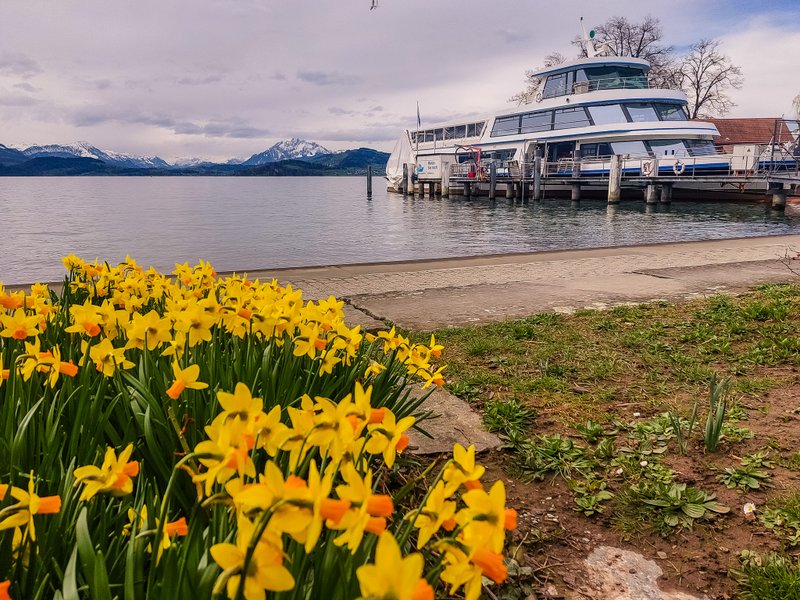
5. Zug for hiking lovers
If you love hiking, head to the local Zugerberg hill. Here, you can take the kids on the 5.5 km long Zugiblubbi Erlebnisweg loop trail, where you’ll find several interactive stations, beautiful barbecue spots, viewpoints, restaurants, and the search for the stolen diamond treasure. In addition, it is stroller-friendly.
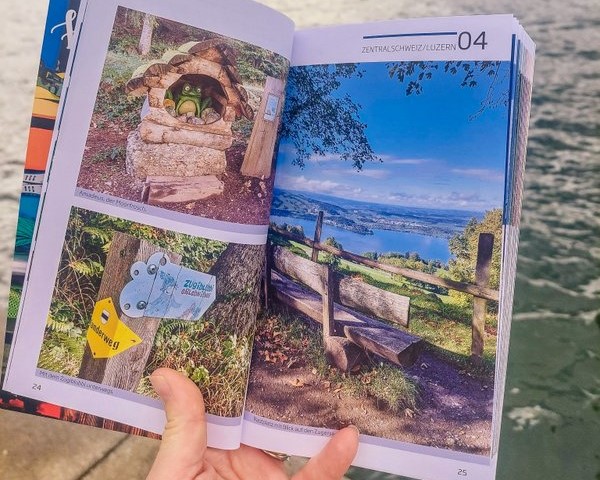
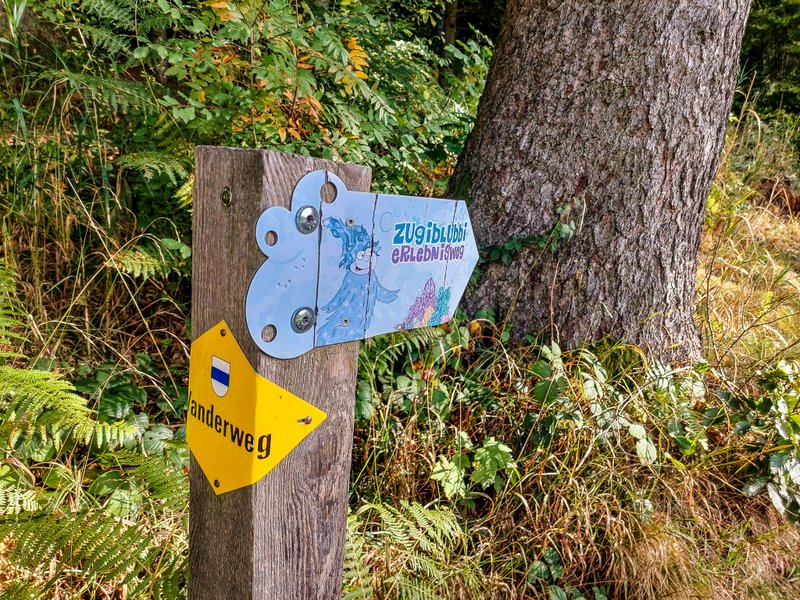
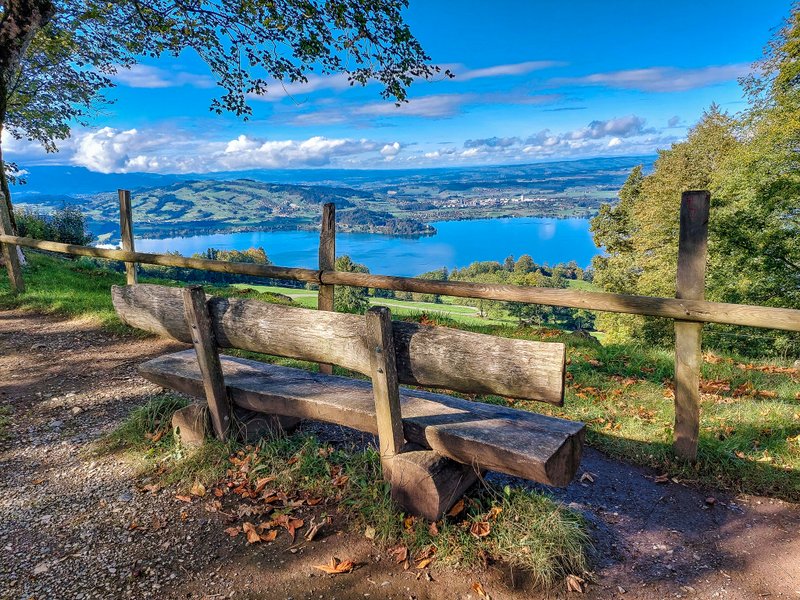
+1 Zug for ice hockey lovers
Yes, at the end, I will allow myself to mention why we went to Zug, namely ice hockey. The Czech forward Jan Kovář is playing for the local club EV Zug. We haven’t met him live in Zug yet, but at least a photo at the entrance to the Bossard Arena warms our hearts when we see a Czech footprint in Switzerland.

